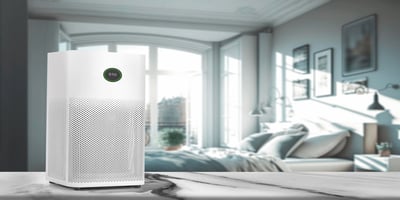How Often Should I Clean My Air Conditioner Filters
Key Takeaways
- Standard cleaning schedule: Clean your AC filter every 30-60 days during peak cooling season, with some households requiring bi-weekly attention depending on usage and environmental factors.
- Energy savings add up fast: Dirty filters force your system to work 5-15% harder, directly increasing your monthly electricity costs while reducing your unit's lifespan by years.
- Filter type matters significantly: Washable filters need regular cleaning and last for years, while disposable filters require replacement every 1-3 months—knowing which type you have determines your maintenance approach.
- Warning signs demand immediate action: Visible dust buildup, reduced airflow from vents, unusual sounds from your unit, or increased allergy symptoms all signal that your filter needs attention regardless of your regular schedule.
- Smart technology simplifies tracking: Modern solutions monitor filter condition and send automatic reminders, eliminating guesswork and ensuring you never miss a cleaning cycle.
- Different homes need different schedules: Pet owners, allergy sufferers, and homes in dusty environments should check filters twice as often as the baseline recommendation.
When was the last time you checked what's catching all that dust, pet hair, and pollen circulating through your home? If you're wondering how often should I clean my AC filter, most homeowners ignore this task until their energy bills spike or allergies flare up. A clean AC filter makes an immediate difference in both air quality and efficiency, but your cleaning schedule depends on factors like pets, usage patterns, and local environment.
What Your AC Filter Actually Does
Your air conditioner filter serves as the first line of defense against everything floating through your indoor air. Every time your system runs, it pulls in air that contains visible dust particles along with microscopic pollutants you can't see—dead skin cells, pet dander, pollen grains, mold spores, bacteria, and even tiny plastic fibers from synthetic fabrics.
The standard mesh filter in most split AC units catches larger particles effectively. However, these filters accumulate debris surprisingly fast. Within just three months of normal use, a visible layer of dust typically coats the entire surface, restricting airflow and reducing filtration efficiency.
Here's what many homeowners don't realize: your AC doesn't bring fresh outdoor air inside. Instead, it recycles the same indoor air repeatedly, cooling it to your desired temperature. This means any pollutants in your home keep circulating through the filter over and over. When the filter gets clogged, your system can't function properly—it's like trying to breathe through a pillow.
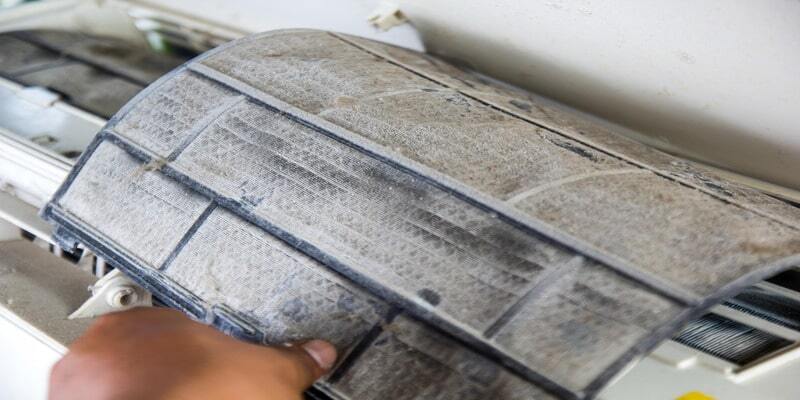 The Real Cost of Neglecting Filter Maintenance
The Real Cost of Neglecting Filter Maintenance
Skipping ac filter cleaning affects more than just air quality. A dirty filter creates a cascade of problems that hit your wallet and your health simultaneously.
Your air conditioner has to work significantly harder to push air through a clogged filter. This increased resistance means the compressor runs longer cycles to achieve the same cooling effect. That extra runtime translates directly into higher energy consumption—typically 5-15% more electricity usage compared to a system with a clean filter.
The strain on your system components accelerates wear and tear. Motors run hotter, fan blades work against greater resistance, and the compressor experiences more stress during each cooling cycle. This shortened lifespan means you'll face expensive repairs or premature replacement years earlier than necessary.
Then there's the health impact. When your filter can't capture new particles effectively, pollutants remain in your breathing air. People with allergies, asthma, or other respiratory sensitivities notice symptoms worsening—increased sneezing, congestion, coughing, and even difficulty sleeping. Even healthy individuals may experience unexplained headaches, fatigue, or irritated eyes and throat.
How to Clean Your Air Conditioner Filters Properly
Safety First
Turn off your air conditioner completely—not just at the thermostat, but at the circuit breaker if possible. This prevents the system from accidentally starting while you're working with it. Open nearby windows to ensure good ventilation in case disturbed dust particles become airborne.
Consider wearing a dust mask, especially if you're sensitive to particles or the filter looks particularly dirty. This simple precaution prevents you from inhaling the concentrated pollutants you're about to remove.
Removal and Initial Inspection
Access panels on split AC units typically pop open with minimal effort. Consult your owner's manual if you're unsure about the location or removal method for your specific model. Once you've located the filter, slide it out gently—sudden movements can shake loose dust into your living space.
Look for any tears, holes, or structural damage before cleaning. A compromised filter won't protect your system effectively even after washing. Also note the filter's orientation and any markings indicating airflow direction for proper reinstallation.
The Cleaning Process
Take the filter outside or to a utility sink where mess doesn't matter. Start by using a soft brush or your hand to remove the loose top layer of dust. This prevents clogging your drain when you begin washing.
Rinse the filter under running water, starting from the clean side and working toward the dirty side. This prevents pushing particles deeper into the mesh. Use lukewarm water—hot water can damage some filter materials.
For stubborn buildup, create a solution using mild dish soap or white vinegar mixed with water. Let the filter soak for 10-15 minutes, then use a soft brush to gently scrub away remaining debris. Vinegar naturally kills bacteria and mold while deodorizing the filter.
Rinse thoroughly until the water runs clear. Any soap residue left behind can attract dirt faster once you reinstall the filter.
Drying and Reinstallation
Never reinstall a damp filter. Moisture creates the perfect environment for mold growth, which will then blow spores throughout your home. Let the filter air dry completely in a well-ventilated area—this typically takes 2-4 hours depending on humidity levels.
Some people speed up drying with a fan, but avoid using heat sources like hair dryers, which can warp or damage filter materials. Once completely dry, slide the filter back into position, ensuring it sits flush and secure. Any gaps allow unfiltered air to bypass the mesh entirely, defeating the purpose of having a filter.
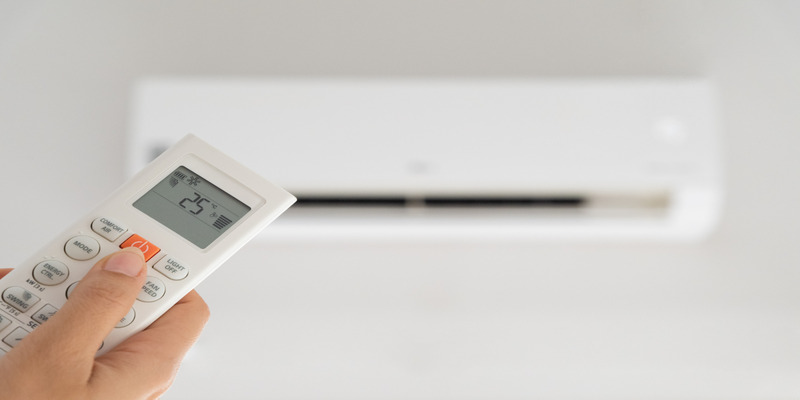 When to Replace Instead of Clean
When to Replace Instead of Clean
Not all filters tolerate repeated cleaning. Disposable fiberglass filters—common in central HVAC systems—are designed for single-use only. Attempting to wash these results in damaged mesh that won't filter effectively.
Even washable filters have a finite lifespan. After 6-12 months of regular cleaning cycles, most filters show signs of wear that reduce their effectiveness. Frayed edges, persistent discoloration that won't wash away, or a noticeable decrease in structural integrity all signal replacement time.
If you notice that your AC filter is getting dirty faster after each cleaning, the mesh has likely stretched or degraded to the point where it needs replacement. A quality filter should maintain consistent performance through multiple cleaning cycles.
Recognizing the Warning Signs Between Cleanings
- Your air conditioner communicates when it needs filter maintenance through several observable symptoms. Learning to recognize these signs prevents problems before they escalate.
- Reduced airflow from your vents indicates restricted passage through the filter. Hold your hand in front of a vent—weak output compared to normal operation means the filter is likely clogged.
- Unusual sounds during operation, particularly whistling or rattling, often stem from air struggling to pass through a dirty filter. The system compensates by pulling air through gaps and crevices, creating noise.
- Visible dust accumulating faster around your vents or on nearby furniture suggests your filter isn't capturing particles effectively anymore. When your home gets dustier despite regular cleaning, check the AC filter first.
- Unexplained increases in your energy bills during periods of similar weather and usage patterns often point to HVAC inefficiency caused by clogged filters.
Enhancing Your AC Filtration System
Basic ac filter cleaning maintains your system, but additional solutions provide enhanced protection against microscopic pollutants that standard mesh can't capture.
High-efficiency particulate air (HEPA) filters trap particles as small as 0.3 microns—removing 99.97% of airborne contaminants including viruses, bacteria, and fine dust. While most residential AC units can't accommodate true HEPA filters due to their density, many newer systems support HEPA-type filters offering improved filtration.
Electrostatic filters use static electricity to attract and trap smaller particles that would pass through standard mesh. These washable filters last several years and outperform basic options significantly.
For maximum protection, consider adding a dedicated air purification system alongside your AC maintenance routine. A smart air purifier can be an extremely effective tool in protecting the air you breathe at home. App controlled smart air purifiers that have built in air quality sensors can be scheduled and automated to clean your air when air pollution levels become unhealthy.
A more economical solution is to invest in disposable antiviral air conditioner filters. These are applied to your existing air conditioners filters to add an extra layer of antiviral, micro-pollutant stopping protection. These filters are capable of trapping bacteria, viruses, mold spores, pollen and other airborne irritants that can cause damaging health effects. These filters last for 3 months only costing a couple of dollars to replace.
Professional Maintenance Considerations
While regular ac filter cleaning falls squarely in DIY territory, annual professional HVAC service provides value beyond basic filter attention.
Technicians access components homeowners can't easily reach. They clean evaporator and condenser coils, check refrigerant levels, test electrical connections, and identify potential problems before they cause system failures.
A professional inspection typically includes filter assessment, but don't rely on yearly service alone for cleaning. The technician visiting in spring won't help your filter that needs attention in July or September.
The Bottom Line on Filter Cleaning
Think of your AC filter as the lungs of your home—when they can't breathe properly, everything suffers. The irony is that most people spend more time researching which streaming service to subscribe to than they do maintaining the one appliance that controls the air their family breathes for 8+ hours every night. Set a recurring phone reminder right now for ac filter cleaning, because future-you will thank present-you when you're sleeping comfortably instead of wheezing into a pillow.
FAQ
Can I vacuum my air conditioner filter instead of washing it?
Vacuuming helps between deep cleans but won't remove embedded oils and particles. Use it every 2-3 weeks with a soft brush attachment, but still wash your filter monthly with water for thorough cleaning.
What happens if I run my AC without a filter?
Never do this. Dust flows directly into internal components, damaging the evaporator coils, blower motor, and compressor while degrading your indoor air quality. Always wait for filters to dry completely before reinstalling and running your system.
How do I know if my filter is washable or disposable?
Washable filters have rigid plastic or metal frames with durable mesh and are labeled "washable" or "permanent." Disposable filters use cardboard frames with thin, paper-like material that tears easily. Check your manual if unsure—disposable filters fall apart when washed.
Can dirty AC filters cause health problems?
Yes. Saturated filters stop capturing new pollutants, allowing dust, pet dander, pollen, and mold spores to circulate continuously. This triggers allergies, aggravates asthma, and causes coughing, sneezing, and headaches—especially dangerous for children, elderly, and those with respiratory conditions.


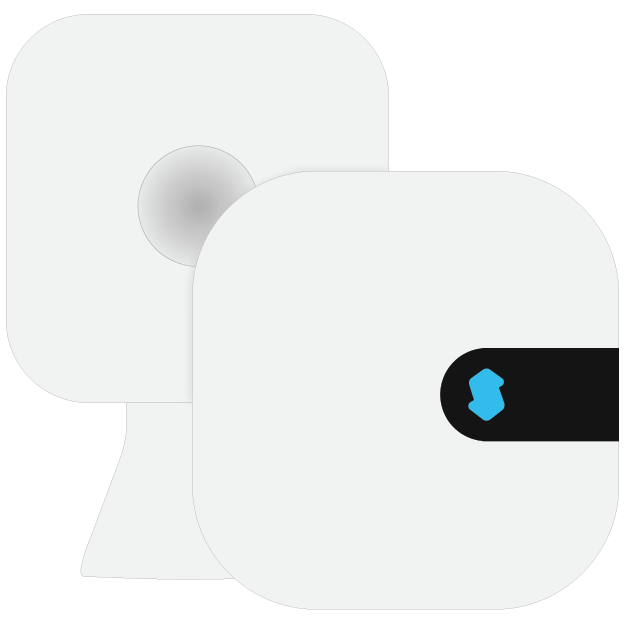





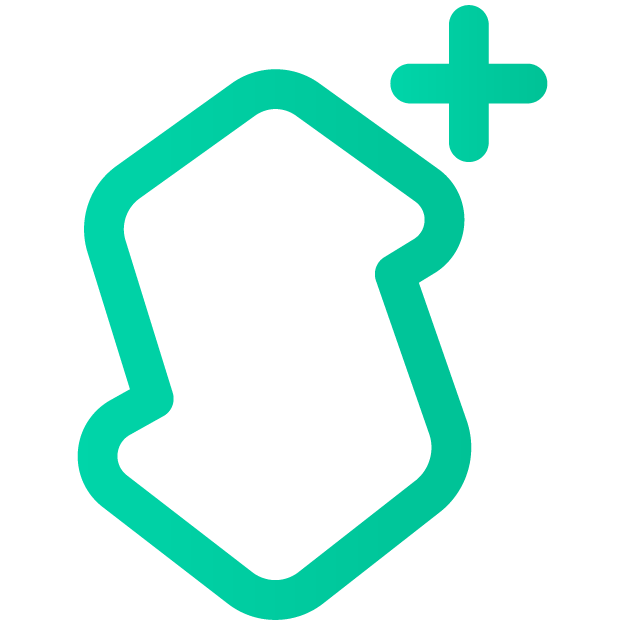



















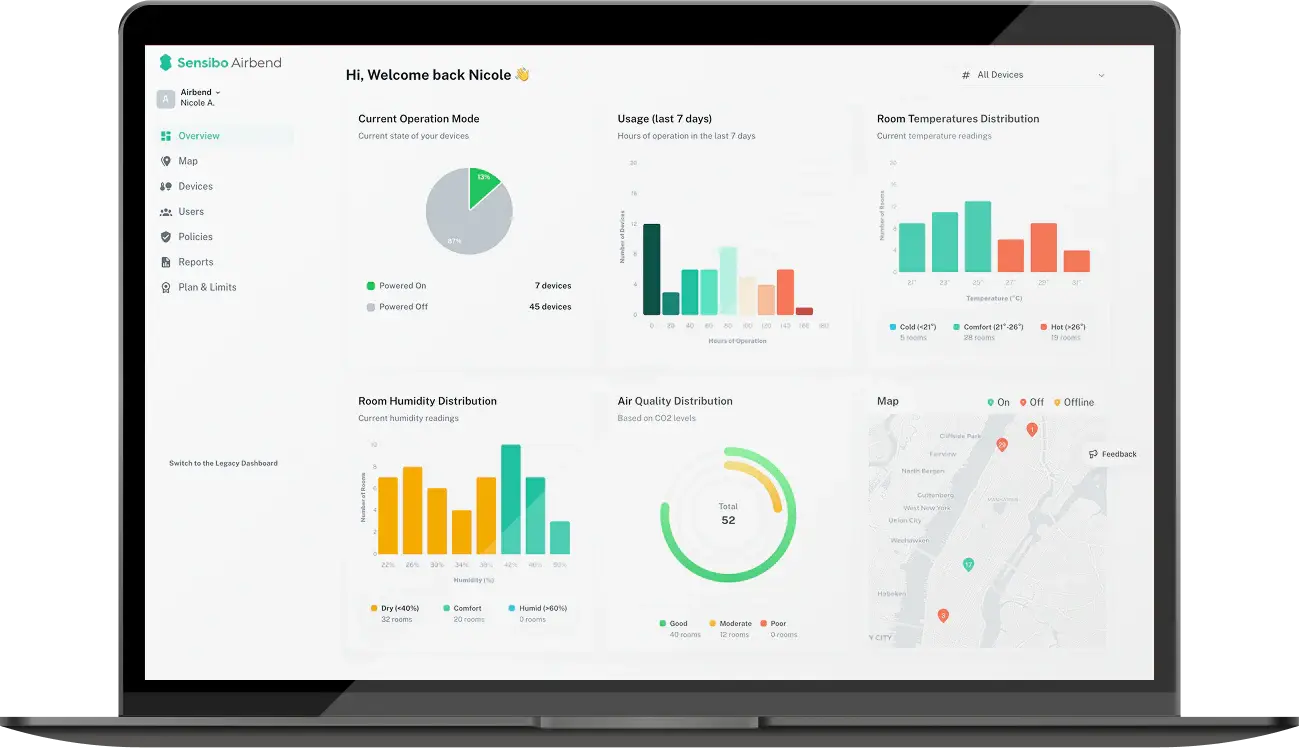





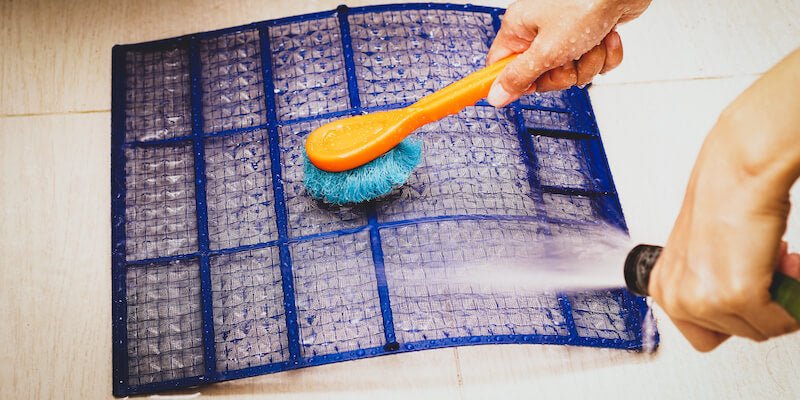
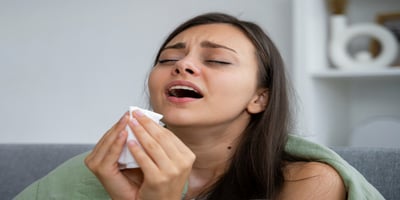
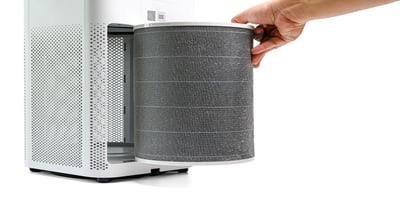
.png?height=200&name=image_2024-07-11_20-09-51%20(1).png)
